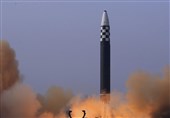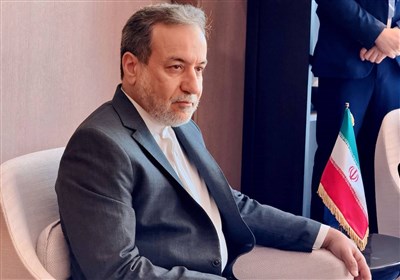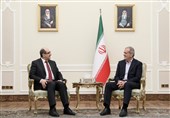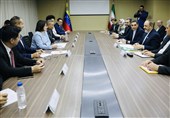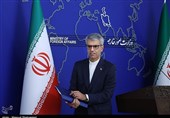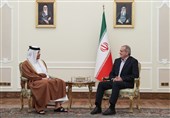North Korea Test-Fires ICBM Days before US Election
TEHRAN (Tasnim) – North Korea said Thursday that it had test-fired an intercontinental ballistic missile that could strike the continental US for the first time in almost a year, days before the US presidential election.
The US, South Korea and Japan also characterized the weapon as an intercontinental ballistic missile, or ICBM, which can have a range of at least 3,500 miles and is designed mainly to deliver nuclear weapons. It is the first ICBM launch since December for North Korea, which has been ratcheting up its rhetoric against the US and its allies South Korea and Japan.
North Korean leader Kim Jong Un ordered the missile test and was at the launch site, according to a Defense Ministry statement that was carried by the state-run Korean Central News Agency. Kim characterized it as an “appropriate military action” in the face of intentional escalation of regional tensions by North Korea’s rivals.
“I affirm that the DPRK will never change its line of bolstering up its nuclear forces,” Kim said, using the abbreviation for North Korea’s official name, the Democratic People’s Republic of Korea.
It was a surprisingly fast confirmation from North Korea, which usually provides details of its weapons tests the day after.
The missile was launched from a site near the North Korean capital, Pyongyang, at 7:10 a.m. local time, South Korea’s Joint Chiefs of Staff said. Spokesperson Lee Sung-joon said the missile was fired “at a very high altitude” and traveled more than 600 miles before it landed in the sea off North Korea’s east coast.
The launch might have been held so close to the US election to strengthen North Korea’s negotiating leverage and grab attention, Lee said.
He said the weapon might have been fueled by solid propellants, which allow missiles to be launched faster and moved more discreetly than liquid-fueled ones, and that it might have been fired from a 12-axle launch vehicle, which was revealed last month and is North Korea’s biggest mobile launch platform.
Lee agreed with Japan’s assessment that the missile traveled for about 86 minutes and reached a maximum altitude of about 4,350 miles, which is higher than previous North Korean missile tests.
The launch time is also the longest ever for a North Korean missile, Japanese Defense Minister Gen Nakatani said.
Japanese officials said that the missile landed outside the country’s exclusive economic zone and that there were no reports of damage. Both Japan and South Korea condemned the launch as a threat to their safety, as well as that of the international community.
In a statement, US National Security Council spokesperson Sean Savett condemned the launch as a “flagrant violation” of multiple United Nations Security Council resolutions, saying it “needlessly raises tensions and risks destabilizing the security situation in the region.”
According to the US Indo-Pacific Command, the launch did not pose an immediate threat to US personnel or territory or to its allies South Korea and Japan, which host tens of thousands of US service members.
The launch came a day after South Korea’s Defense Intelligence Agency told lawmakers that North Korea could launch an ICBM around the US election or even hold its seventh nuclear test, which has been anticipated for some time. North Korea’s last nuclear test was in September 2017.
The ICBM that North Korea launched in December, the solid-fueled Hwasong-18, had a lofted trajectory flight time that suggests a potential range of 9,300 miles on a normal trajectory, putting it within striking distance of anywhere in the mainland US.
However, experts say North Korea has yet to master the technology needed to build warheads small enough to be placed on those missiles and protect the warheads during atmospheric reentry.

